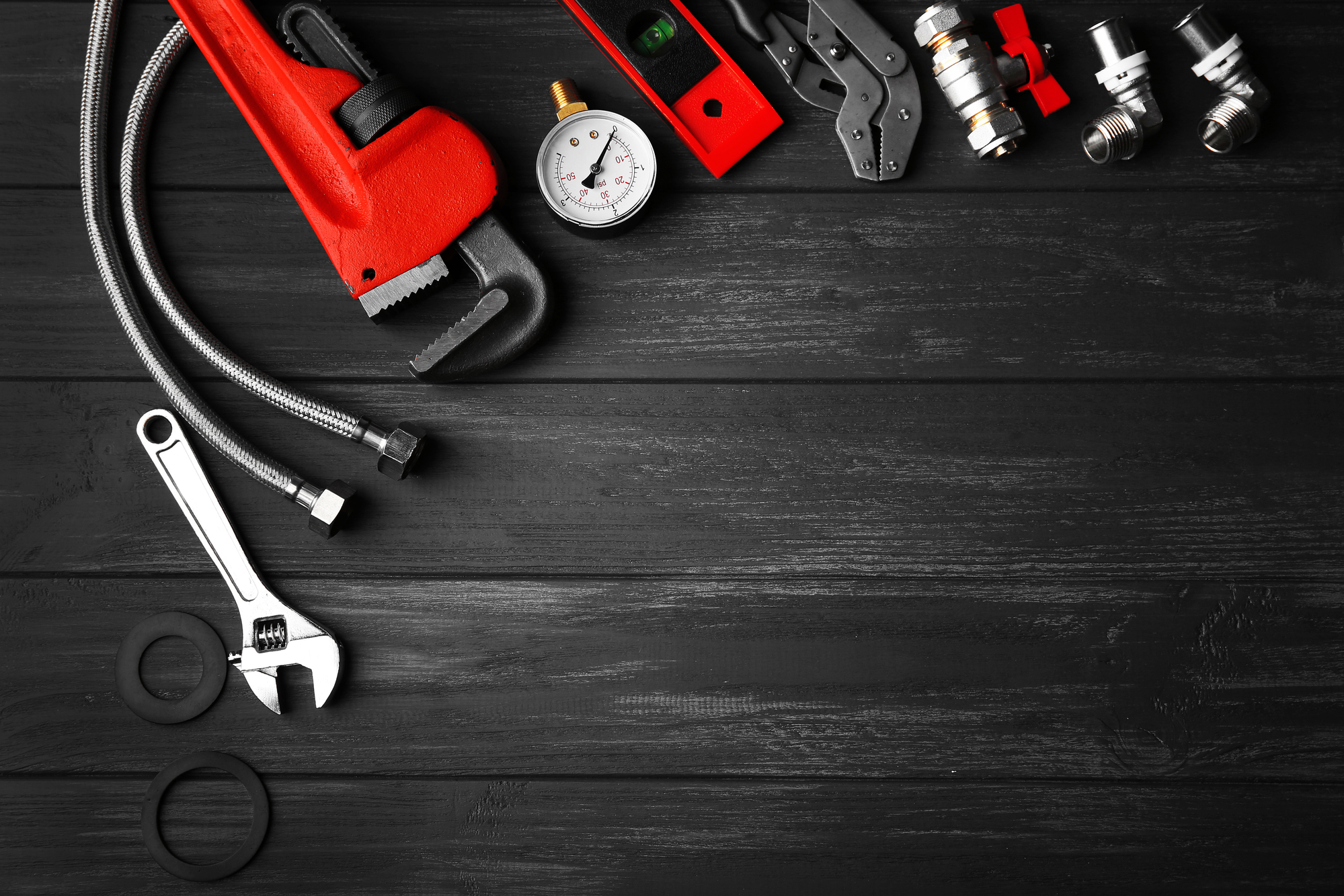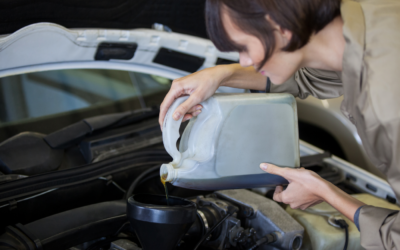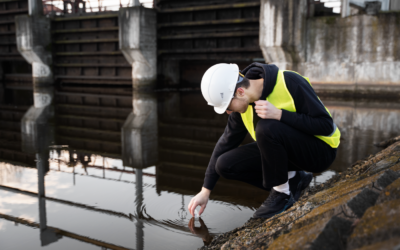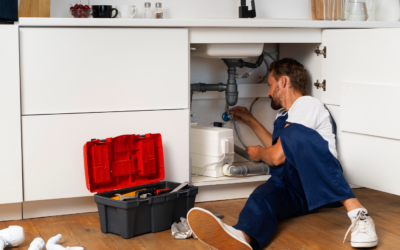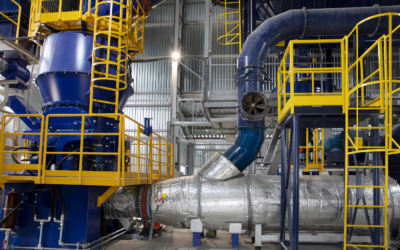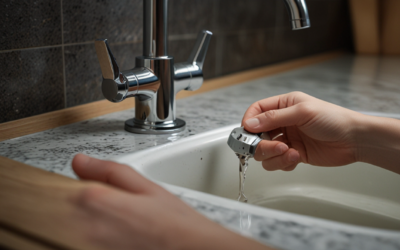Water pumps are an essential component of residential and commercial plumbing systems. When it comes to larger plumbing systems, such as those found in commercial and industrial buildings, large water pumps are often relied upon to remove large volumes of water from low-lying areas, such as basements and crawlspaces.
However, large pumps are not without their drawbacks. If these pumps are not properly maintained, they can experience issues such as overheating, which can lead to burnout and significant damage to the pump. In some cases, the burnout can cause the motor to fail completely, resulting in costly repairs and equipment downtime.
Fortunately, there may be a solution to this chronic burning out of large pumps: the sump pump. In this article, we’ll examine how sump pumps can be used to alleviate some of the issues caused by large water pumps.
What is a Sump Pump?
A sump pump is a submersible pump that is designed to remove groundwater from low-lying areas of a building, such as a basement or crawlspace. The pump is typically installed in a sump pit, which is a hole that is dug into the ground and lined with gravel or concrete.
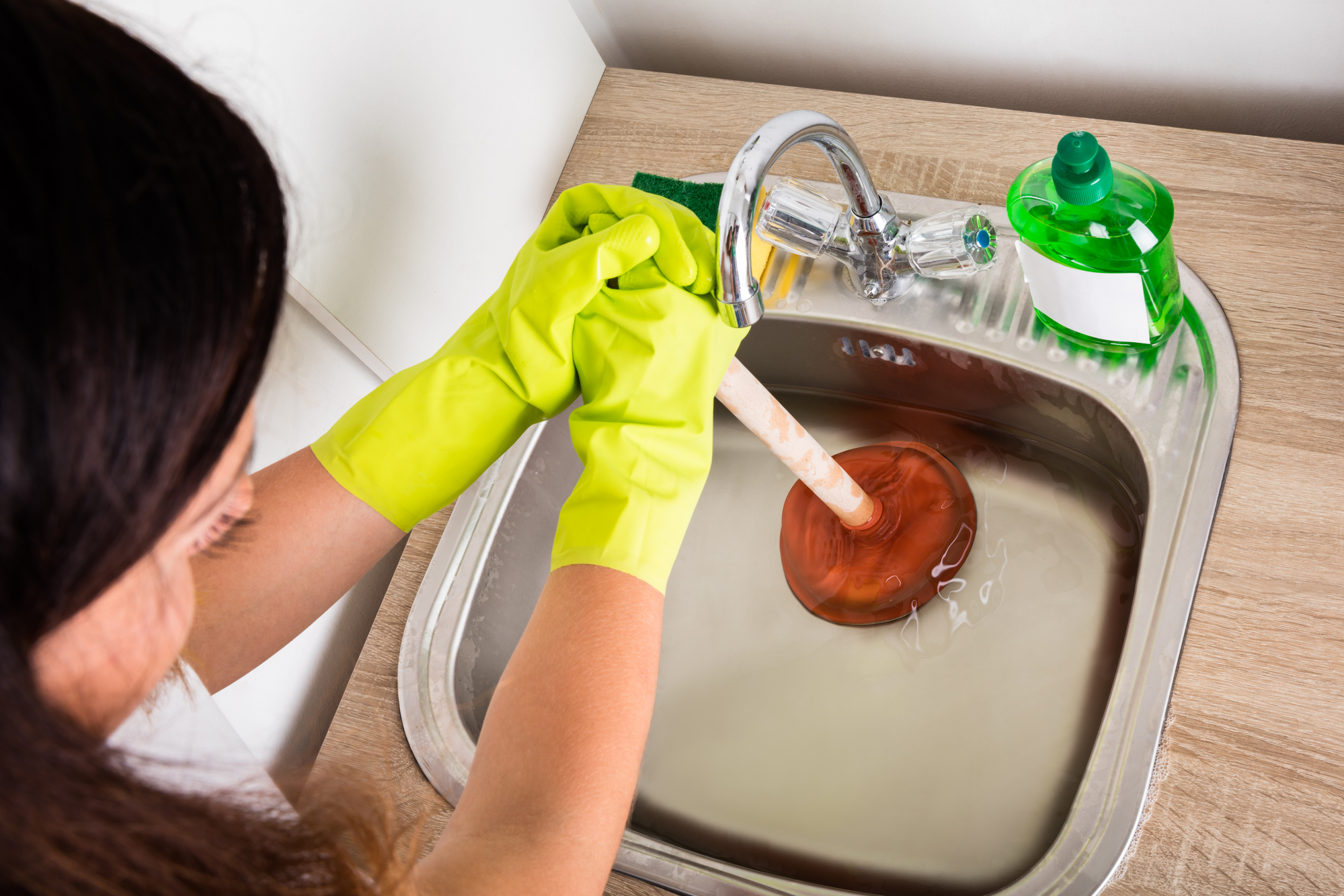
The sump pump is activated when the water level in the pit reaches a certain level, at which point it pumps the water out of the pit and away from the building. This prevents the water from accumulating and causing damage to the building or its contents.
How Sump Pumps Can Help Prevent Burning out of Large Pumps
Large water pumps are often used to remove large volumes of water from low-lying areas of buildings. However, if these pumps are not properly maintained, they can overheat and even burn out. This can cause significant damage to the pump and its motor, and lead to costly repairs and equipment downtime.
By installing a sump pump in the same area as the large water pump, the sump pump can help to alleviate some of the load on the larger pump. The sump pump will constantly remove smaller amounts of water, which can help to prevent the larger pump from becoming overwhelmed and overheating.
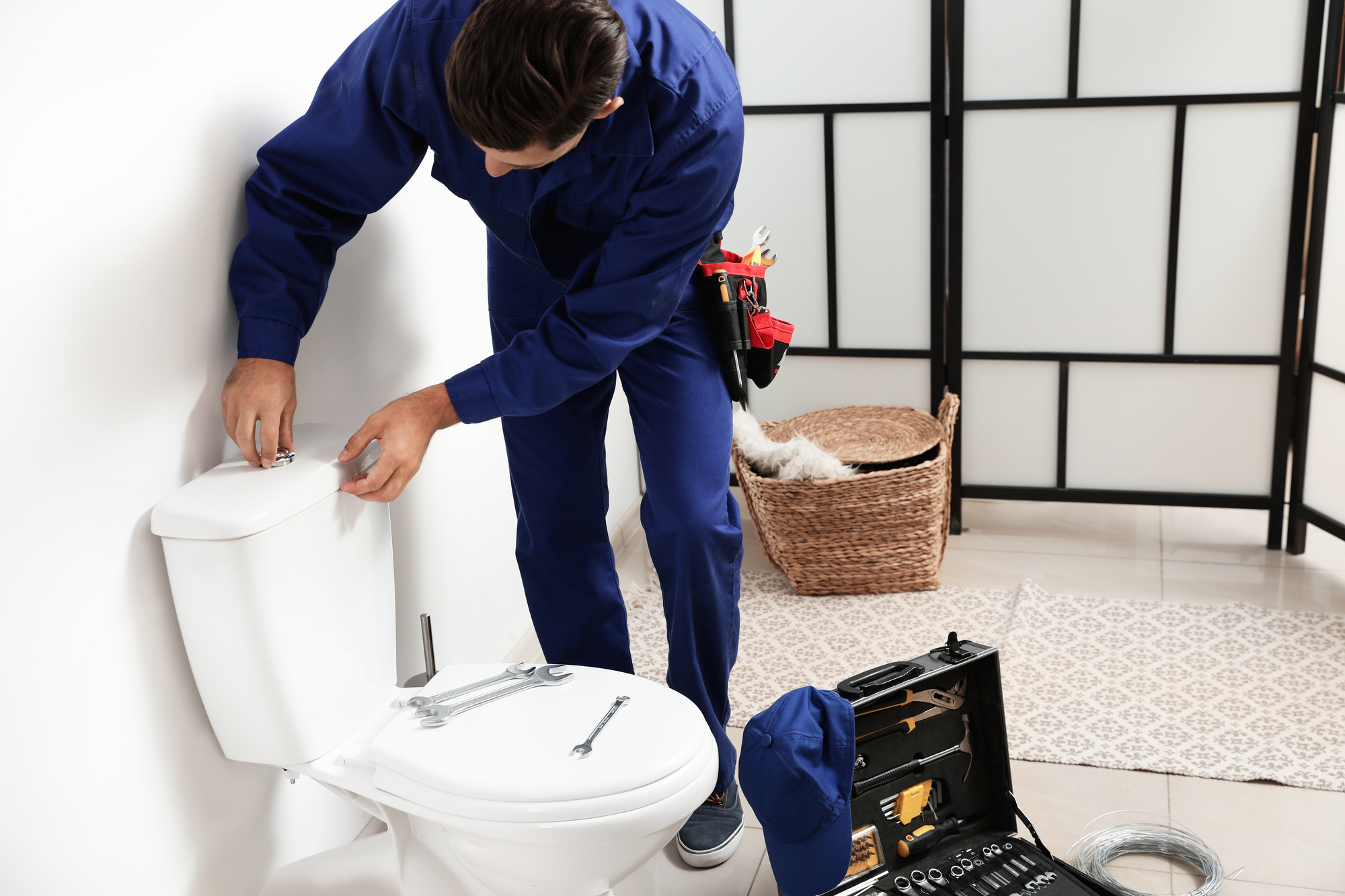
Additionally, by constantly removing smaller amounts of water, the sump pump can help to prevent water from accumulating and causing damage to the building or its contents. This can help to protect the building and its contents, while also reducing the load on the larger water pump.
Sump Pump Installation and Maintenance
If you are considering using a sump pump to alleviate some of the load on your large water pump, it is important to have the sump pump installed by a qualified plumbing professional. Improper installation can result in the sump pump not functioning properly, which can cause more harm than good.
Additionally, regular maintenance is necessary to ensure that the sump pump continues to function properly. This includes checking the pump and its components for signs of wear or damage, as well as testing the pump to ensure that it is functioning correctly.
Conclusion
In conclusion, the chronic burning out of large pumps can be a significant issue for many plumbing systems. By installing a sump pump in the same area, the sump pump can help to alleviate some of the load on the larger pump, while also preventing water from accumulating and causing damage to the building or its contents.
If you are considering using a sump pump in your plumbing system, it is important to have the pump installed by a qualified plumbing professional, and to perform regular maintenance to ensure that the pump continues to function properly.
Remember, when it comes to plumbing systems, prevention is key. By taking proactive steps to prevent issues before they arise, you can save yourself time, money, and hassle in the long run.

